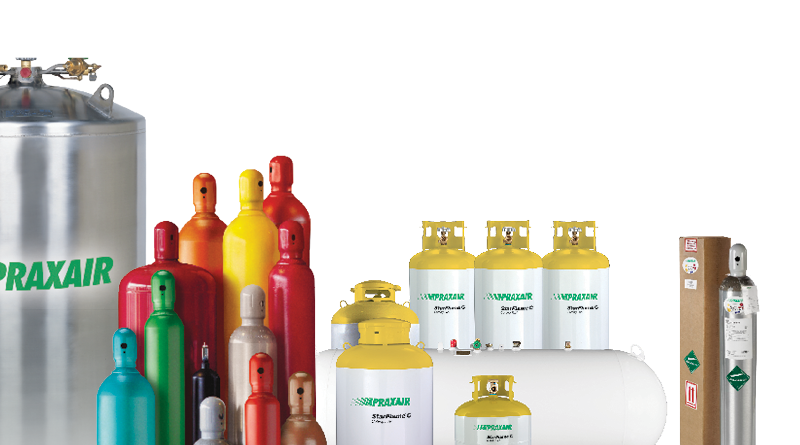Specialty Gas Mixtures
Raw material assay
- All source Gases are qualified to ensure quality and compliance with specifications
- Impurities can affect performance or stability of the final mixture
- Various purification techniques are used to remove impurities
- Entrapment (molecular sieve)
- Moisture absorption (dryer)
- Distillation sparging
Cylinder preparation
Cylinder preparation varies based upon product specifications.
- Computer controlled heating, vacuum and purge cycles
- For reactive gas mixtures, passivation may be used to deactivate surfaces. This helps eliminate unwanted residual moisture or oxygen
Mixture homogenization
Most common methods used to ensure gas mixture homogeneity include:
- Mechanical rolling
- Gas turbulence

Blending techniques
Volumetic
By partial pressure blending.
Gravimetric
- By weight using precision scales
- Calibration using independent certified weights
Dynamic
- Instrument based blending
- High volume / same mixture
Analytical Instrumentation
Full range of analytical instrumentation for certifying purity and mixture composition.
- Gas chromatography with TCD, FID, ECD, FPD, PID, etc. detectors
- Non-Dispersive Infrared (NDIR) for CO and CO2
- Process analyzers for O2, H2O, THC
- Chemiluminescence for NO, NO2
- Fourier Transform Infrared (FTIR)
- Mass
Certification Documentation
Type of Documents
- Certificate of Batch or Compliance:
* Batch Raw Materials Analysis - Certificate of Comformity or Conformance:
* Batch Cylinder Analysis - Certificate of Analysis (COA):
* Individual Cylinder Analysis
Mixture Grades
Since most analytical methods are relative and not absolute, it is necessary to calibrate the analyzer with reference calibration mixture standards of known composition and concentration to determine the quantitative content of the sample accurately. The requirements for a calibration gas are: accuracy stability and homogeniety. Several classes of mixtures are provided based on their certification and accuracy levels.
- Calibration mixtures with a traceability to metrological institutes and standards. Typically the highest level of certification available for any mixture.
* EPA protocol standard
* NTRM (NIST Traceable Reference Material) standard
* ISO 17025 accredited standard - Calibration mixtures certified by gravimetric and laboratory quality controls. Highly accurate mixtures analyzed against laboratory and metrological standards.
* Primary standard
* Primary master - Calibration mixtures certified by laboratory analysis: These other mixtures are typically mixed and analyzed based on customer or Linde’s internal specifications.
* Certified gas standard
* Certified liquid standard
* Certified master
* Dynamic blend master
* Custom mixtures
Blend Tolerance and Uncertainty
Blend tolerance specifies how close to the ordered concentration the produced mixture will be. The analytical uncertainty identifies the maximum deviation from the certified value that the actual blend mix can have.
Example: 5% minor component mixture. The reported value on the analytical certificate is 5.10% (within the 5% relative blend tolerance) with a certified accuracy between 5.00% and 5.20%.
ISO 17025 and ISO 17034:2016 Accredited Standards
Available in some regional offerings, the ISO/IEC 17025:2017 international levels of certification are part of a detailed specific audit program to ensure a consistent quality audited by an external agency traceable to chemical reference standards of a metrological level.
ISO 17034:2016 sets out the management system requirements for the product reference materials and is intended to be used as part of a reference material producer’s general quality assurance (QA) procedures.




























